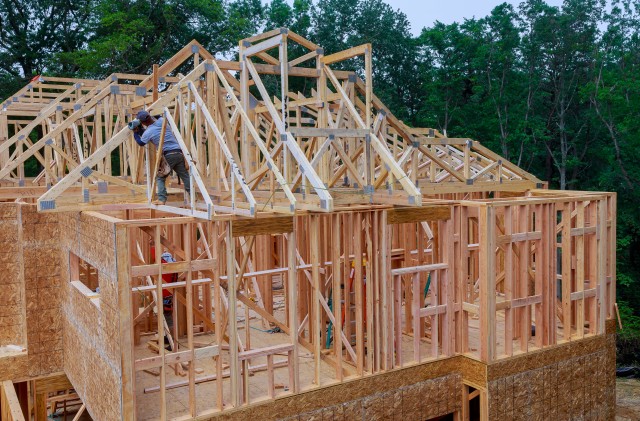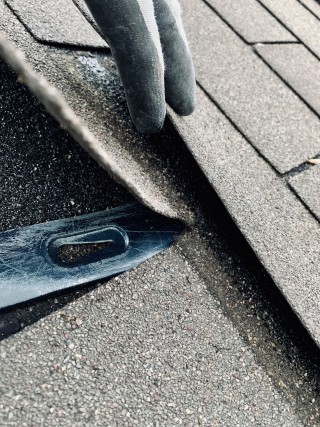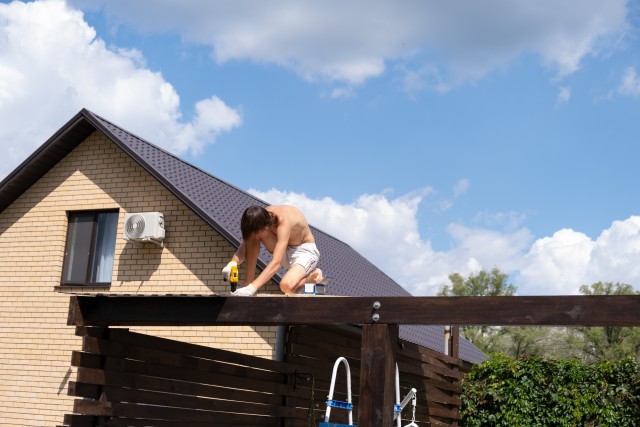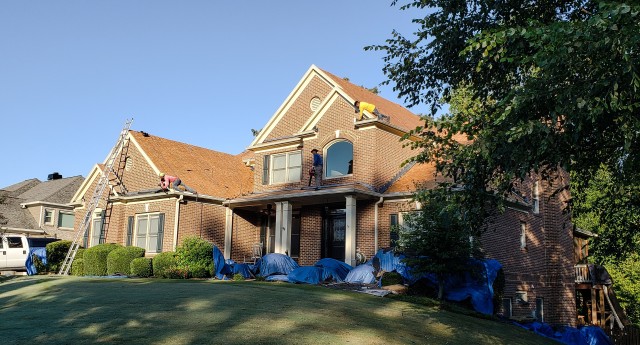Truly Identify and Repair Shingle Damage when you notice signs of shingle damage on your roof. Don’t panic! In this article, we will guide you through the process of identifying and repairing shingle damage. You’ll learn about the common types of damage to look out for, the tools and materials you’ll need, and a step-by-step guide to fixing the problem.
By the end, you’ll be equipped with the knowledge and confidence to tackle shingle damage head-on and prevent future issues.
Table of Contents
ToggleCommon Types of Shingle Damage and truly Identify and Repair Shingle Damage
Now, let’s talk about the most common types of shingle damage you might encounter. Shingle maintenance is essential to ensure the longevity of your roof.
One common type of damage is called blistering. This occurs when air or moisture gets trapped between the layers of the shingles, causing them to bubble up.
Another common issue is curling, where the edges of the shingles start to lift and curl. This can happen due to age, improper installation, or insufficient ventilation.
Additionally, shingle granule loss is another common problem. Over time, the granules on the shingles can wear off, leaving the underlying material exposed to the elements.
In severe cases, shingle replacement may be necessary to maintain the integrity of your roof. Regular inspections and prompt repairs can help prevent further damage and prolong the lifespan of your shingles.
Signs and Symptoms of Shingle Damage
First, you should look for visible cracks or breaks in your shingles as signs of potential damage. These can be caused by a variety of factors, such as extreme weather conditions, age, or improper installation.
It’s important to address shingle damage promptly to prevent further issues. Timely shingle repair is crucial because it helps maintain the integrity of your roof and prevents water leaks and subsequent water damage. Ignoring shingle damage can lead to more severe problems, including structural damage and mold growth.
Tools and Materials Needed for Shingle Repair
To properly fix your damaged shingles, you’ll need a few essential tools and materials. Before you begin the repair process, it’s important to conduct a thorough roof inspection to identify any other potential issues. This will ensure that you address all the necessary repairs and prevent further damage.
When it comes to maintaining your roof, regular inspections are key. Look for signs of shingle damage such as cracked or missing shingles, curling edges, or granule loss. Once you have identified the damaged shingles, gather the necessary tools and materials.
You’ll need a ladder, safety harness, pry bar, roofing nails, roofing adhesive, and replacement shingles. With these tools in hand, you can confidently tackle the repair and restore your roof’s integrity.
Step-by-Step Guide to Repairing Shingle Damage
Once you’ve gathered the necessary tools and materials, it’s time to begin the step-by-step process of fixing your damaged shingles.
Start by assessing the extent of the damage and determining the repair technique that suits your situation. If you only have a few missing or cracked shingles, you can simply replace them individually. However, if the damage is more widespread, you may need to perform a partial or full shingle replacement.
To estimate the cost of the repair, calculate the number of shingles needed and multiply it by the cost per shingle. Don’t forget to factor in any additional expenses, such as nails, adhesive, or hiring a professional if necessary.
Tips for Preventing Future Shingle Damage
Make sure you regularly clean out your gutters to prevent debris buildup and potential damage to your shingles. This is just one of the preventive measures you can take to avoid future shingle damage.
Another important maintenance technique is to trim any overhanging tree branches that could potentially fall onto your roof and damage your shingles.
Additionally, it is crucial to inspect your roof regularly, especially after severe weather conditions, to catch any signs of damage early on. By addressing small issues promptly, you can prevent them from escalating into bigger problems.
It is also recommended to hire a professional to perform a thorough roof inspection at least once a year.
Following these preventive measures and maintenance techniques will help you keep your shingles in good condition and save you from costly repairs in the long run.
Conclusion
In conclusion, by following the steps outlined in this guide, you can easily identify and repair shingle damage on your roof.
By being proactive in inspecting and maintaining your shingles, you can prevent further damage and extend the lifespan of your roof.
Remember to use the right tools and materials, and don’t hesitate to seek professional help if needed.
With proper care, your roof will stay strong and protect your home for years to come.





